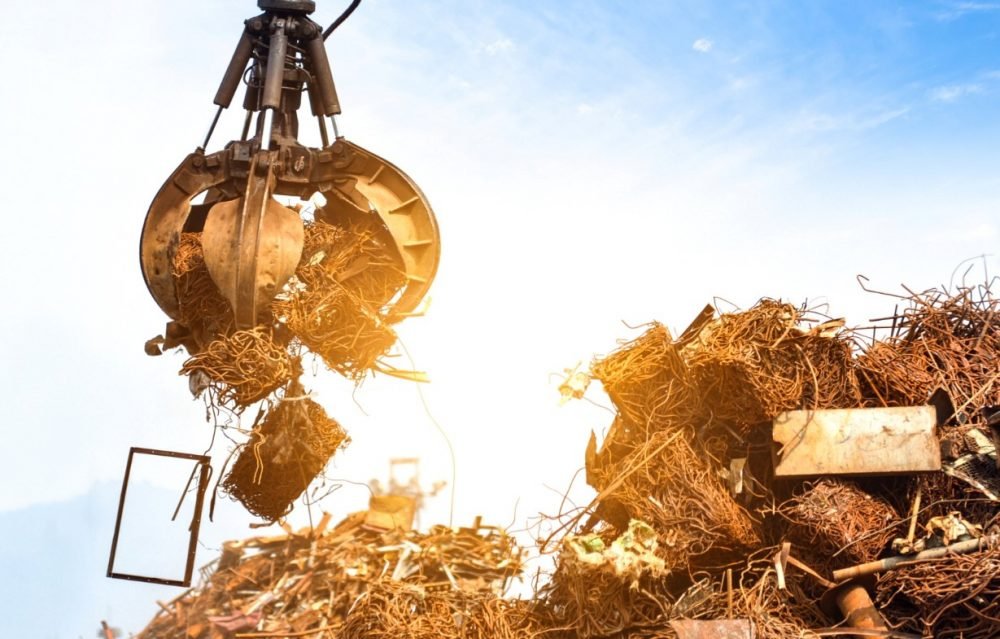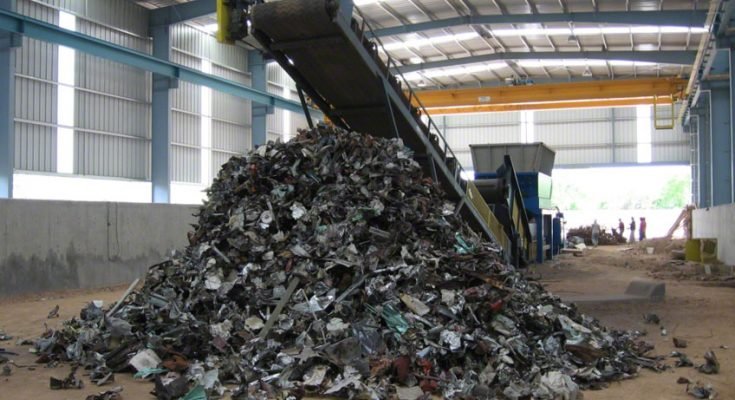In our quest for a more sustainable future, metal recycling Melbourne stands as a crucial pillar. Every aluminium can, old bicycle, and discarded wiring can find new life through recycling. However, the process begins with us – by correctly sorting and separating metals, we pave the way for a more efficient recycling process.
In this guide, we’ll take you through the steps to properly sort and separate metals for metal recycling, ensuring your efforts have the greatest positive impact.
Understanding the Importance of Proper Sorting
Before we dive into the nitty-gritty of sorting metals, it’s essential to grasp why it matters. Metal recycling is not just about tossing all metals into one bin; different metals have distinct properties, making them suitable for specific applications. By properly sorting them, we allow for a more streamlined recycling process, reducing energy consumption and emissions in the long run.
Identifying Common Recyclable Metals
To sort effectively, it’s crucial to know what you’re working with. Common recyclable metals include aluminium, steel, copper, and brass. Each of these metals has its unique characteristics and applications, making them valuable resources in the recycling process. Familiarize yourself with these metals to ensure you’re sorting them correctly.

Tools You’ll Need
Before you embark on your metal recycling Melbourne journey, gather the necessary tools. You’ll require magnets, as ferrous metals like steel are magnetic, while non-ferrous metals like aluminium are not. Gloves and safety goggles are also essential to protect yourself during the sorting process. Additionally, having labelled containers or bins for each type of metal will keep the process organised and efficient.
The Sorting Process: Step by Step
Now, let’s get our hands dirty – but in an eco-friendly way, of course! Follow these steps to properly sort and separate metals for recycling:
- Magnet Test for Ferrous Metals: Start by passing a magnet over your metals. Any metal that is attracted to the magnet is ferrous (e.g., steel or iron), while non-magnetic metals like aluminium, copper, and brass is non-ferrous. Separate them into designated containers accordingly.
- Visual Inspection for Non-Ferrous Metals: For non-ferrous metals, a visual inspection is crucial. Look for metals with no magnetic attraction. Aluminium is lightweight and often has a dull finish, while copper and brass have distinct colours. Sort these metals into their respective containers.
- Separate Different Types of Non-Ferrous Metals: If you have multiple non-ferrous metals, such as aluminium and copper, further separate them. Knowing the differences in appearance and weight will aid in this process.
- Check for Contaminants: Before sending your metals off to the recycling centre, ensure they are free from contaminants like paint, plastic, or other non-metal materials. Cleaning them properly will enhance their recycling potential.
- Weigh and Package: Once sorted, weigh your metals. This will not only give you a sense of your environmental impact but also help in determining the potential value of your recycling efforts. Package the sorted metals securely for transport.
Choosing the Right Recycling Centre
Finally, your sorted metals are ready for their next journey. Select a reputable metal recycling Melbourne centre in your area. Ensure they have the capability to handle the types of metals you’ve sorted and that they adhere to responsible recycling practices.
By following these steps, you’re not only contributing to a more sustainable future but also supporting the metal recycling industry. Remember, every piece of metal counts, and your efforts can make a significant difference.
So, gather your metals, don those gloves, and let’s get to sorting! Together, we can turn old metal into new opportunities for a greener planet.




